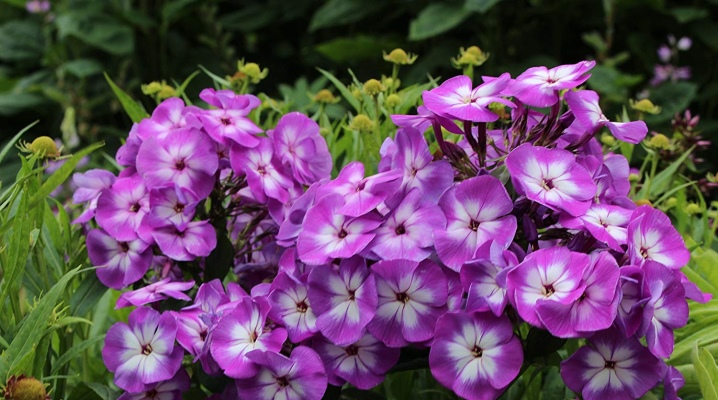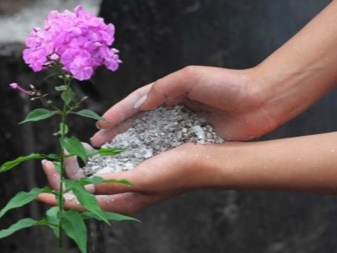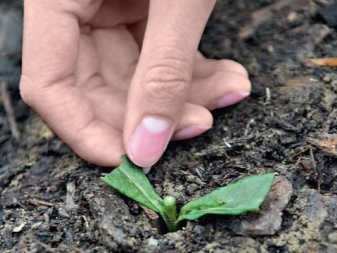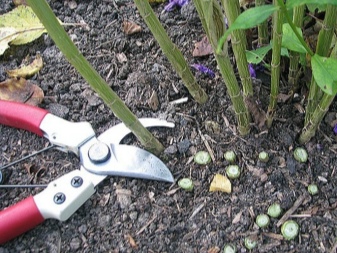Phlox "Success": description, planting, care and reproduction

Panicled phlox "Success" is a beautiful purple flower with a pleasant persistent aroma. The variety is great for growing in flower gardens and group plantings. By providing proper care for the plant, you can achieve lush flowering of the perennial over time.
Botanical description
Phlox paniculata Uspech - phlox with large dense inflorescences of rich purple color with a brightly outlined white star in the middle grows to 60-80 cm in height. Straight, strong stems form a compact shrub that grows quickly and forms a beautiful rounded shape due to dense oval-lanceolate leaves.

Flowers up to 4-4.5 cm in diameter do not fade, they are suitable for cutting and for growing in a flower bed. The root system is strong, vertical, up to 25 cm deep. They tolerate frost well and germinate at positive soil temperatures. The flowering period is from mid-July to late August.
Varietal features of "Uspeha" - resistance to temperature extremes and fungal diseases.
The garden plant has high decorative qualities and is widely used for lawn decoration and use in landscape design.

How to plant
Wild plants prefer a warm, humid climate.
It is desirable to choose sloping open areas for planting with shallow groundwater and with little shading.
Suitable soil for growing a plant is slightly acidic or neutral. Before planting a perennial, it is necessary to enrich the soil with organic substances, such as humus, wood ash, or nitrogen-containing fertilizers, so that the plant is strong and develops well.



The main cause of plant diseases is a lack of moisture. When choosing a place for growing, it is necessary to choose an area with the possibility of abundant watering.
The best time for planting a plant in the ground is April. In the summer, the perennial will take root faster and will take root on the site by the fall. The average age of a plant in one place is 5-6 years, so it is recommended to plant according to the scheme of 50x50 cm for one plant. This will provide the flower with the necessary amount of nutrients.



How to care
Panicled phlox "Success" is an unpretentious plant, which is easy to care for.
The main condition is timely watering, which should provide the perennial roots with the necessary moisture, and top dressing.
When the soil dries up, the growth of the shrub slows down, the flowers become rare and small. With a lack of nutrients in the soil, the plant begins to dry out and loses its resistance to fungal diseases.


For mature plants, a support should be installed - this will help to better form the shrub. When watering, the root system is moistened first. The rate of water consumption for an adult plant is 15-20 liters per square meter. m.
Watering is best done in the evening, and after that, the soil near the root is loosened and mulched. In flower beds with paniculate phlox, weeds and other unwanted plants must be removed in a timely manner. Thinning is recommended after each watering.

During the season, it is enough to carry out 3 dressings:
- in the spring - complex and nitrogen-containing mixtures;
- at the beginning of summer - a mixture of phosphorus-potassium and complex fertilizers;
- after flowering - the introduction of phosphorus-potassium minerals (no nitrogen content).
Over-matured compost is applied only when the plant is transplanted to a new place. Organic fertilizers can also be applied in early spring.



Breeding
Phlox "Success" can be propagated in several ways.
- The simplest and best option is dividing a bush... It is best to hold events in the spring or autumn after flowering.



- Cuttings suitable for summer plant propagation. In early June, about a month before flowering, the cuttings are planted in fertile soil. After about 30 days, young plants take root well and are ready to be transplanted to a permanent place.




- Phlox good propagated by seeds, but at the same time it loses varietal characteristics. Stratified seeds are planted in small boxes or flower pots at the end of March. Germinated seedlings need to be dived 2-3 times, they can be planted in open ground in early or mid-May.



- You can multiply phlox and layering... A strong stem should be tilted to the ground, spud with an organic mixture and watered. Layers of an adult flower take root well and turn into an independent plant in 2-3 months. In the fall, the phlox is planted in a permanent place and prepared for wintering.

Preparing for winter
Preparatory activities must begin immediately after flowering. In the fall, fertilizers are applied to strengthen the root system of the flower. Fallen leaves and dry stems need to be removed around the bush.
Before the onset of frost on the soil, the plant should be pruned at the root. Perennials remaining in the open field must be treated with copper sulfate - several crystals of the mixture are placed in the middle of the bush.
The plant tolerates frosts well down to -25 ° C. In harsh climatic conditions, phloxes need to be mulched so that the roots of the flower do not freeze.


About phlox paniculata "Success" you can watch the video below.







































































































The comment was sent successfully.